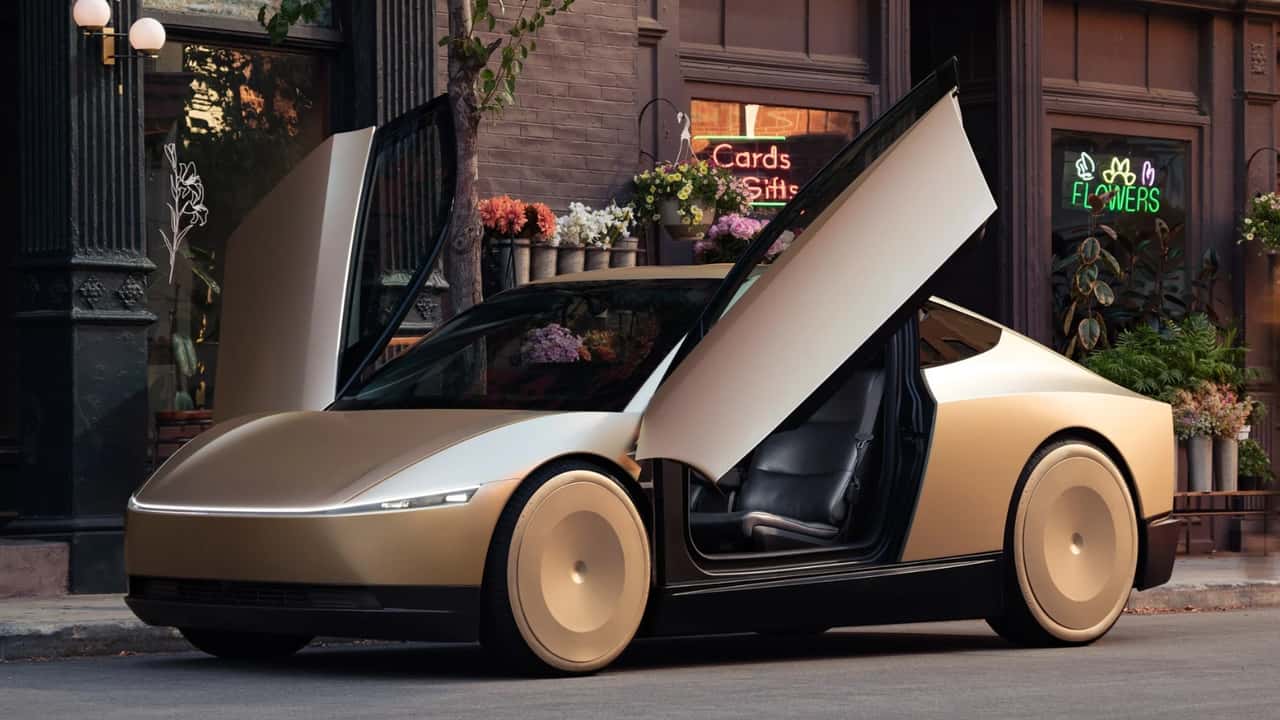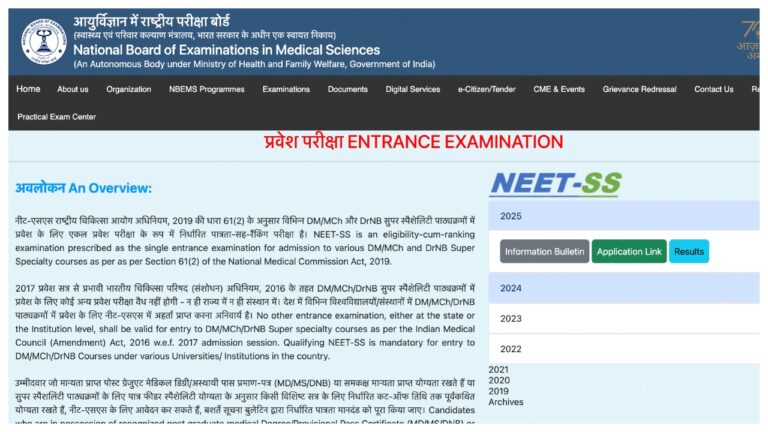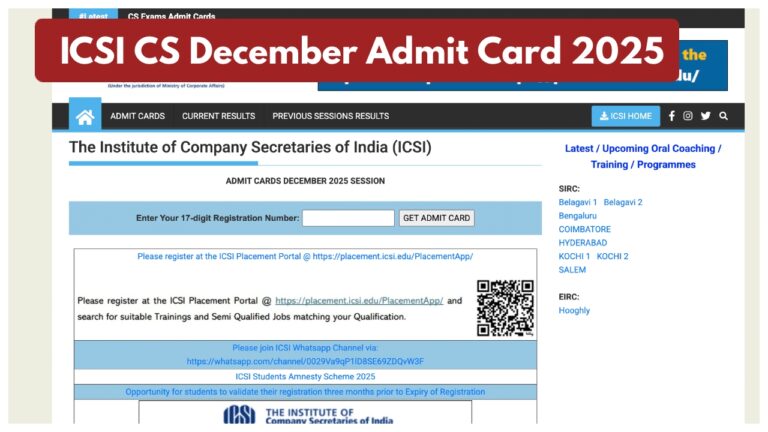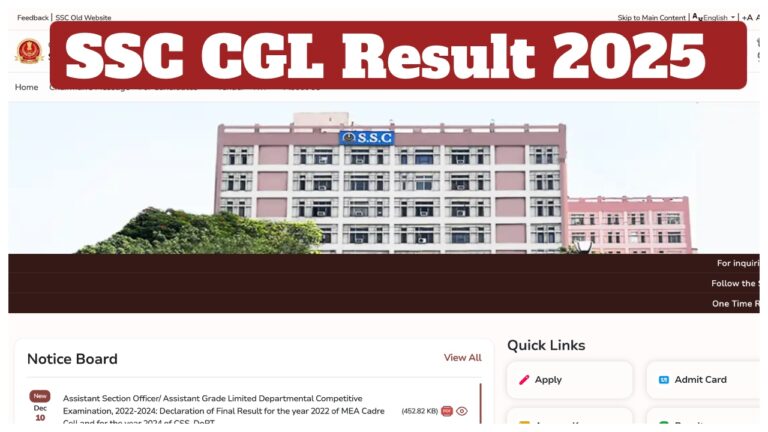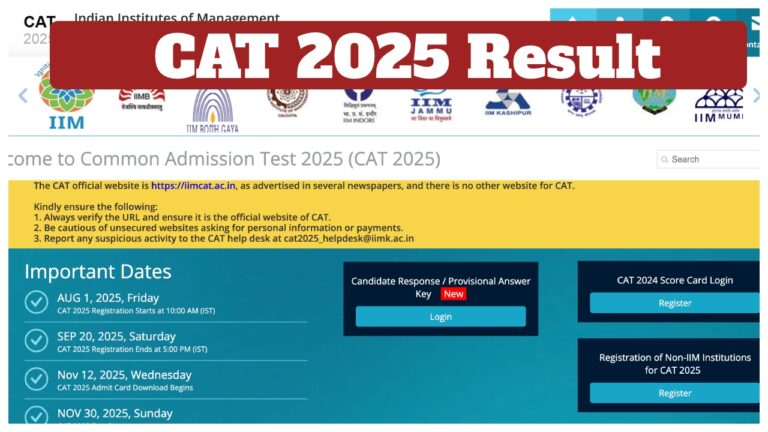Tesla Robotaxi: Following its global splash with autonomous electric vehicles, Tesla is next preparing to roll out its completely driverless Robotaxi service. This new ambitious initiative is set to revolutionize transportation, with vehicles that need no drivers and are completely run by sophisticated artificial intelligence.
Tesla Robotaxi Service Launch Plan
Tesla CEO Elon Musk recently indicated that the Robotaxi service may become available to the public as early as June 22. The service, conceived as a pilot program, is initially going to be introduced in Austin, Texas, with 10 to 20 Model Y vehicles converted into Robotaxis. The cars will drive within a pre-programmed, restricted area under close monitoring. Musk further pointed out that the service could face a date change owing to safety procedures and regulatory guidelines, although the target is still to launch the pilot phase in this month.
Test Runs Already in Progress
Before the official launch, Tesla’s autonomous cars have already appeared on Austin roads with no driver at the helm. These test clips are trending on all social media platforms. While the cars do seem to be in top working condition, Elon Musk has not made a clear declaration about the actual date of launch but instead tweeted cryptically about “feeling anxious” on platform X.
How Robotaxis Work Without a Driver
Tesla’s Robotaxi is a driverless taxi, with no human involved. The vehicles depend on a fusion of AI algorithms, navigation, cameras, and radar sensors to sense their environment. With sensor data, the AI generates real-time decisions for driving such as identifying obstacles, route planning, and driving through traffic, all on its own.
Challenges to the Robotaxi Dream
Although the tech is promising, making the Robotaxi vision a reality isn’t simple. Tesla has now turned its attention away from making affordable EVs and toward perfecting its autonomous technology. Nevertheless, challenges such as tough regulatory laws, huge investments in infrastructure, and continued concerns about safety might dampen the large-scale deployment of Robotaxis. Even in the United States, where Tesla is piloting FSD (Full Self-Driving) software, places like California have some of the toughest regulations on autonomous vehicles.
Tesla Isn’t Alone in the Robotaxi Race
While Tesla is hogging the limelight, it’s not the sole contender in the Robotaxi segment. American firm Zoox, which is owned by Amazon now, already built one of its own Robotaxis. These Zoox cars are being road-tested in public spaces in several cities across the United States, and possible launches are being eyed for Las Vegas and San Francisco. This implies Tesla will have competition in the autonomous mobility sphere as other technology behemoths enter the field.
